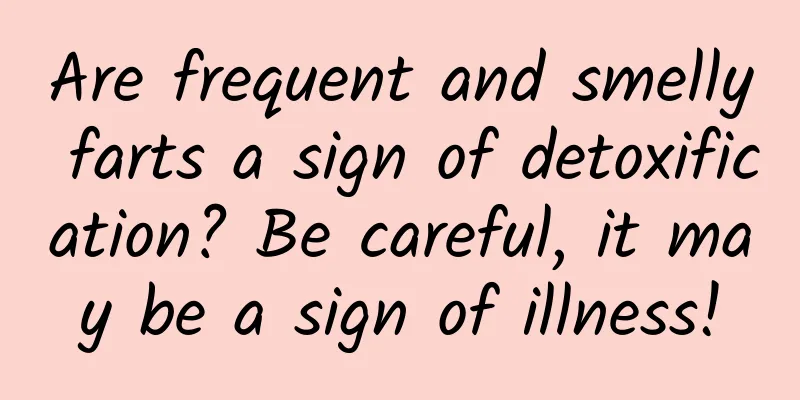What are the medicinal values of horseshoe crabs?

|
I don’t know if you have some understanding about horseshoe crabs. This is a food ingredient with very high nutritional value. Maybe many friends don’t know much about it. Some friends who know how to eat it often buy horseshoe crabs to eat. This is very helpful for supplementing our body’s nutrition, so you can buy some to eat often. Horseshoe crabs not only have high nutritional value, but also have high medicinal value. So what are the medicinal values of horseshoe crabs? Introduction of horseshoe crab Horseshoe crabs are called "horseshoe crabs" by humans. They are a type of animal as ancient as trilobites. The blood of horseshoe crabs contains copper ions, which makes their blood blue. Horseshoe crab is an arthropod belonging to the class Arthralostomida. Horseshoe crabs are gill-breathing mammals. There are only four species in the world: the Chinese horseshoe crab, the American horseshoe crab, the Malaysian horseshoe crab and the round-tailed horseshoe crab. Nutritional value of horseshoe crab Shu Yuyan, director of the Biological Toxins Committee of the Chinese Society of Toxicology, said: "Horseshoe crabs, whose blood is blue, play a unique role in medical research. Reagents made from horseshoe crab blood are dripped into injections. If the reagent coagulates or changes color immediately, it means that the injection contains bacterial toxins that can cause fever, shock or even death." The horseshoe crab's blood contains copper ions, which makes its blood blue. The extract of this blue blood - "Horseshoe crab reagent" - can accurately and quickly detect whether the internal tissues of the human body are diseased due to bacterial infection; in the pharmaceutical and food industries, it can be used to monitor toxin contamination. Scientists also use horseshoe crab blood to study cancer. However, after the horseshoe crabs were bled, they were released. After the successful development of horseshoe crab reagents in the United States and Japan, some scientific research institutions in China conducted extensive research on horseshoe crabs. Xiamen University, the Horseshoe Crab Research Laboratory of Xiamen Institute of Medicine (the predecessor of Xiamen Horseshoe Crab Reagent Factory), Shanghai Fisheries College, etc. conducted in-depth research on the biological characteristics and artificial breeding of horseshoe crabs, and published relevant papers, laying the foundation for the production of horseshoe crab reagents in China. Based on extensive research, Mr. Wu Weihong of Xiamen Medical Research Institute (currently the director of Xiamen Horseshoe Crab Reagent Factory) published four volumes of "Collection of Papers on Horseshoe Crabs and Horseshoe Crab Reagent Methods", which promoted the popularization and use of horseshoe crab reagents in China. Because of his successful development of horseshoe crab reagent, People's Pictorial also conducted an exclusive interview with him in the 12th issue of 1980. The science and education film "Blue Blood", based on Mr. Wu Weihong's original work in 1982, won the Golden Ear Award at the 12th West Berlin Green Agricultural Film Festival. As of 2009, only a few countries such as the United States, Japan, the United Kingdom, and Germany are able to carry out commercial production. These countries all make reagents by catching horseshoe crabs at sea. Due to the continuous killing of adult horseshoe crabs for several years, the resources have declined. Xiamen University and other institutions have artificially bred horseshoe crabs. However, due to frequent blood sampling, horseshoe crabs that have been raised for more than one year show obvious anemia and other symptoms. Horseshoe crabs swim back to the deep sea to hibernate every winter, so it is very difficult to breed horseshoe crabs artificially. Due to environmental influences, the number of horseshoe crabs has been decreasing. Guangdong, Guangxi, Fujian and other provinces have listed them as second-class protected animals. Kinmen, Penghu in Taiwan and Hong Kong have also established horseshoe crab protection areas. However, there are still many lawless elements who indiscriminately catch and kill horseshoe crabs. In addition, some chitin manufacturers buy small horseshoe crabs at low prices to make chitin, which is also an important reason for the decrease in the number of horseshoe crabs. The above is an introduction to the medicinal value of horseshoe crabs. Therefore, many foods are not just for us to replenish energy and fill our stomachs. They have certain functions. As long as we are good at utilizing these functions, they can help us regulate our bodies well. At the same time, they are also very effective in preventing some diseases. |
<<: What are the effects and precautions of the Chinese patent medicine Jiaogulan
>>: What are the medicinal values of katydid?
Recommend
Is it really possible to resurrect dinosaurs?
Humans obtain dinosaur genetic fragments for the ...
Taboos on eating dandelions
No matter what kind of food it is, there will be ...
How to turn "fragile ice" into "strong ice"? | World Glacier Day
On December 14, 2022, the United Nations General ...
How much food can a person eat at one time?
In recent years, news and eating shows about &quo...
How can gene editing make rice safe, delicious and healthy?
How can we choose rice to our satisfaction? It is...
Interstellar projectors are coming? Electromagnetic sleds are expected to catapult rare resources to Earth!
There are many scientific facilities, but some of...
What are the uses of the Chinese herbal medicine Bupleurum seeds?
Bupleurum is of great help to our body. It can tr...
Yellow rainstorm warning continues! Heavy rains are expected in parts of Guangdong, Fujian and other places. Please be careful to prevent disastrous weather.
The Central Meteorological Observatory continued ...
The efficacy and function of yellow back grass root
As people's living standards improve, they pa...
Why can’t you find coconut water and coconut flesh in the coconuts you eat?
I still remember the first time I ate coconut, I ...
The role of amoxicillin
Amoxicillin is a relatively common anti-inflammat...
Beware! There are as many as 6,000 parasites! Don't touch this thing if you see it
These past few days A Shenzhen resident discovere...
The efficacy and function of bamboo root
Many people know that the roots of the bamboo sho...
Who is not suitable to eat Dendrobium?
Although the nutritional value of Dendrobium is h...




![The efficacy and function of Radix Trichosanthis [Picture]](/upload/images/67ca0c5741d65.webp)




